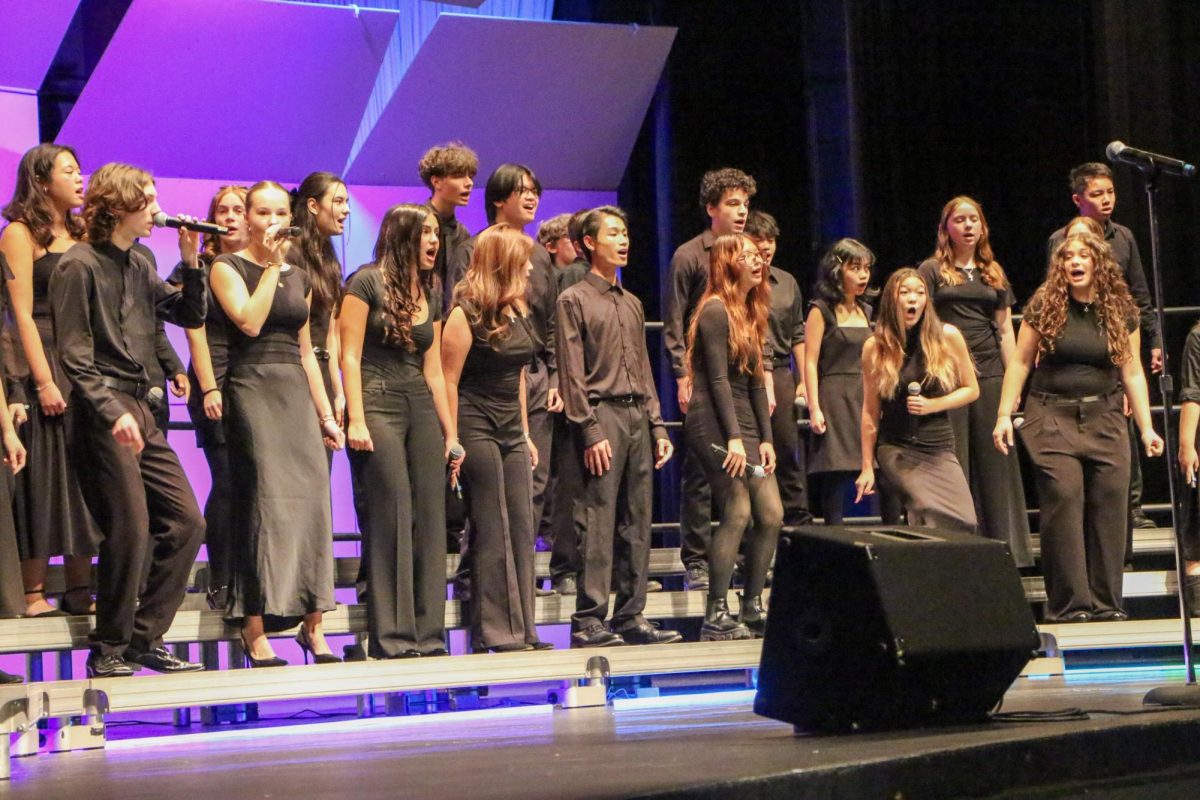In elementary school, I made my own cereal out of a cardboard box and paper. Assignments were always on paper, handwritten, or creative projects like making a cereal brand. However, since COVID-19 schools have closed and computers have been modified to accommodate any kind of schoolwork. Students could do practically anything from home, via their phones or Chromebooks. As students re-entered in-person learning, computer usage followed and has continued to increase. The way technology has been incorporated into school curriculums is excessive and needs to be limited.
Students use websites like Canvas to access assignments posted by teachers. A typical day in class consists of a teacher instructing students to open their Chromebooks and do their work on Canvas. Following this, homework is assigned online. Students use their computers for almost an entire school day, just to go home and continue to do work on it. Technology is used too often in school, in almost any class for any sort of activity. It is important to take screen breaks, and not just in between passing periods. Usually, after class, the first thing a student does is check their phone. Although phone usage is not something teachers can control outside of their classrooms, they can control offering in-person coursework to give students a brain break from technology.
Schools often overlook the effects screen time has on students’ mental and physical health. Staring at a screen not only causes eye strain but also tiredness, which ties into mental health. Being tired in school can lead to being unmotivated and bored. Students need activities that are engaging and capture their attention, as opposed to typing on a Chromebook. Creativity should be encouraged for students, and going on a computer every day does not stimulate much inspiration from most students.
Many students learn best from lessons that they can see right in front of them. Looking at a model online does not offer the same understanding as seeing something displayed a few feet away. For example, in math it is difficult to look at a solved problem online and instantly comprehend it. Seeing a problem solved by a teacher on a white board is easier because students can see each step explained. In science classes, experiments and labs are purposefully interactive and not online to help students understand scientific processes. If science classes have physical assignments like labs to increase understanding, then why shouldn’t other classes?
The push of technology in education also prompts issues like plagiarism. From so many Google Doc essays, students have found websites like ChatGPT to cheat with. AI is very easy to use, but it only exists online. So, by hand-writing essays and paragraphs, cheating with AI can be prevented. It is nearly impossible to plagiarize in an essay without having access to a Chromebook. Writing essays can also allow students to improve their penmanship and grammar skills. There are many benefits to limiting technology usage in schools like these.
Computers are advancing at alarming rates, and so is the use of them in education. While we cannot slow down technology we can dilute the amount of it in schools. Students have too much exposure to the internet on their phones as is, so giving physical assignments offers their brains new sources of creativity. Schools are too excessive in their use of computers for tests, homework and daily assignments. It is overwhelming for students and does not stimulate creativity. Instead, technology in lessons should be limited and physical assignments like experiments, discussions and projects should be encouraged. Students are young and learn best from lessons explained right in front of them, rather than staring at a screen.
















